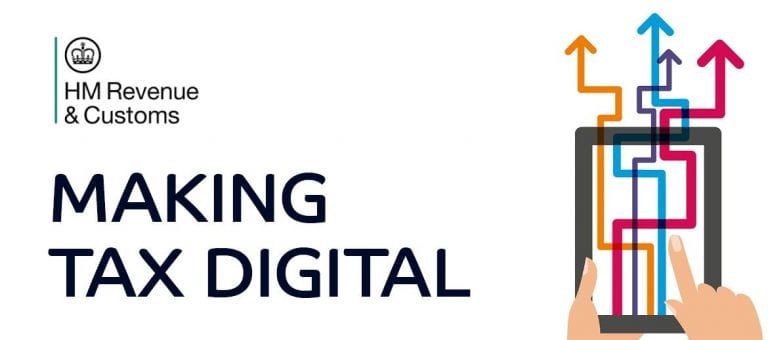SELF EMPLOYMENT INCOME SUPPORT SCHEME
As the Self-employment Income Support Scheme (SEISS) comes to a close, HMRC will continue to check claims rigorously.
Reviewing claims
It is always preferable to approach HMRC with a disclosure, rather than wait for HMRC to discover potential problems.
As HMRC recognises, genuine mistakes in SEISS claims have been made over the last year. The rules have changed frequently and in the very early stage of roll out, HMRC took a fairly broad brush approach to what it meant for a business to be ‘adversely affected’.
We recommend checking back over claims now, so that you can be sure that you have evidence in place to support your claim, and that you are confident that you have met the eligibility criteria under each successive phase of the rules. Particularly important are differences in the rules for SEISS 1 and 2, for which a business had to be adversely affected, and also within a particular timeframe: and SEISS 3, 4 and 5, where requirements are more precisely defined in terms of reduced activity, capacity or demand.
Reviewing your claim before your 2020/21 tax return is submitted is particularly important. SEISS amounts will be entered on the tax return, and submission of the return constitutes your acceptance that the figures are accurate.
Disclaiming grants
In some circumstances, the whole, or part, of a SEISS grant would need to be repaid. This could be, for example, where a claim doesn’t fit the criteria for a particular phase of SEISS; where a claimant did not intend to continue trading; or where a business has been incorporated before a SEISS claim was made.
For SEISS 4 and 5, any amendments to the tax returns which HMRC has used to calculate your grant, made on or after 3 March 2021, are now on the list of circumstances that need monitoring. If such an amendment changes SEISS eligibility, resulting in less or no SEISS payment, it’s now your responsibility to notify HMRC of this. There is a different route to notify and repay in these circumstances, and we can advise here. Note however that if the amendment means a reduction of £100 or less, HMRC does not need notification: the amount can be ignored.
There are time limits both for alerting HMRC to potential problems and making repayment. Most importantly, HMRC should be notified within 90 days of receiving a grant to which you think you may not be entitled. Once this has been done, HMRC is likely to be open to arranging time to make repayment, and we can guide you on procedure here.
Checking claims is particularly important as HMRC has the power to charge penalties. These can apply when someone fails to notify HMRC that they claimed a grant to which they knew they were not entitled. More rigorous conditions attach from SEISS 4 onwards, including a responsibility to notify HMRC where circumstances change and someone becomes ineligible after making a claim. Penalties should not apply where someone received SEISS not knowing they weren’t eligible, if they repay the grant by 31 January 2022, or by 31 January 2023 for SEISS 4 and 5. Where penalties do apply for claiming when not entitled, HMRC may charge a penalty of up to 100% on the SEISS grant overclaimed.
Finally, just as some major employers have voluntarily repaid furlough monies, it’s possible at any time to repay voluntarily some or all of a SEISS grant. We can advise on how this can be done.
HMRC will be dealing with claims for SEISS 5 shortly, and we would be pleased to advise in this area, particularly as regards the new requirement to calculate reduction in turnover.













